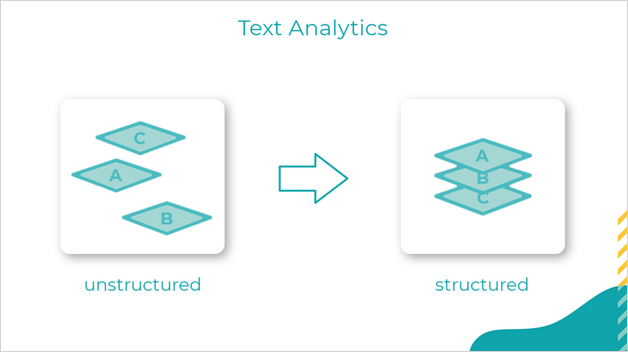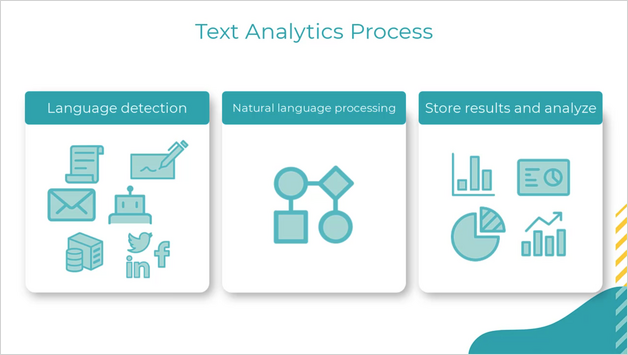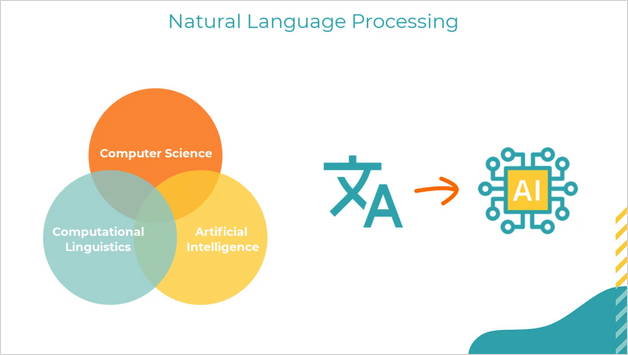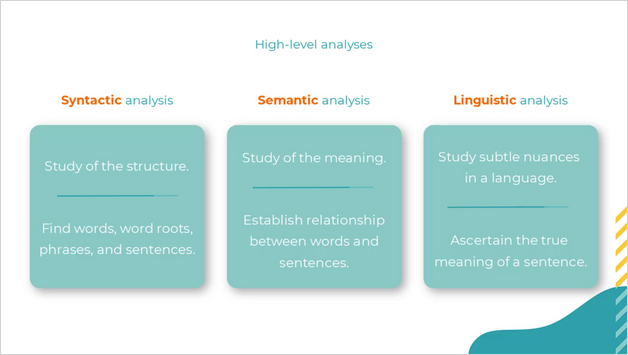
Text analytics
Introduction
Today, digital sources such as news, blogs, social media, emails, and chatbots generate continuous text. Text analytics helps to transform large amounts of text into a structured format so that your applications can use the text to optimize processes such as email routing, automatic chatbot interactions, or entity extraction.
Video

Transcript
Learn about text analytics and how it is helps determine customer sentiments and needs.
Consider this complaint from a customer to a customer service department.
Humans can understand the implications of a piece of text by summarizing, elaborating, or even rephrasing it while preserving its original meaning. The challenge for humans comes when text exists on a large scale.
Consider a company with tens of thousands of customer service records in text form.
The company wants to route all complaints automatically to the customer service department. Then, it wants a report to understand whether customers are satisfied with various products and services. The company must find a way to process and extract the text, and text analytics is the most efficient and effective way to accomplish this task.
Text analytics is the process of deriving valuable information from text.
It involves converting large amounts of text into structured data that can be analyzed using statistical methods. There are three main steps involved in text analytics:
- Language detection
- Natural language processing
- Store results and analyze
First, the system collects data from a source, such as social media, emails, chatbots, or customer service records. Second, natural language processing techniques are applied to extract specific attributes from the text and present them as structured data. And third, the extracted structured data is stored and analyzed.
Natural language processing is a field of computer science, artificial intelligence, and computational linguistics concerned with the interactions between computers and human language.
In particular, it is concerned with programming computers to process large volumes of natural language text fruitfully. At a high level, the following analyses occur during natural language processing.
Syntactic analysis analyzes the structure of text and recognizes, for example, nouns, verbs, and adjectives. Semantic analysis establishes the meaning of a piece of text and the relationship between words and sentences. The linguistic analysis phase determines the exact meaning of the text.
The processing of the text from the customer who claims that they were overcharged produces a series of outcomes. First, the analysis detects the language because this action is a prerequisite for the next steps.
Then, the analysis detects the sentiment of the text as positive, negative, or neutral. The sentiment is the general attitude expressed towards a subject by the author of the message. The analysis reports the overall sentiment and sentiment for each sentence.
The analysis classifies the text into one or more predefined topics, such as the business functions of a company. It also reports the sentiment of the corresponding sentence for each category that it detects. Entities refer to the proper nouns found in the text (such as names of people, places, dates and times, and organizations), which helps establish the subject of the text.
You have reached the end of this video. You have learned:
- What text analytics is.
- How text analytics process works.
- What natural language processing is and how it works in text analytics.
This Topic is available in the following Modules:
Want to help us improve this content?







